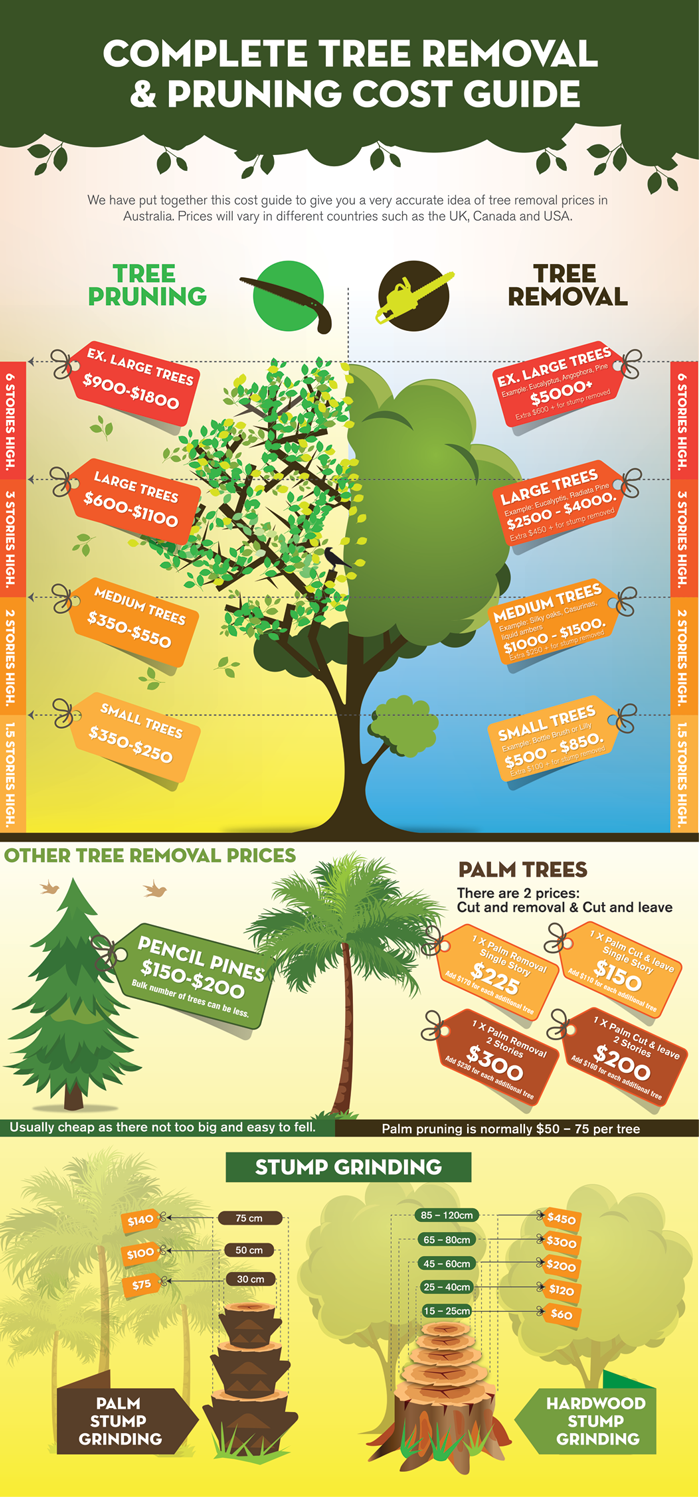Uncover Techniques For Protecting A Healthy And Balanced Habitat After The Trees Have Been Taken Down
Uncover Techniques For Protecting A Healthy And Balanced Habitat After The Trees Have Been Taken Down
Blog Article
Short Article Produced By-
When it concerns seasonal tree care, ensuring appropriate monitoring before and after elimination can substantially influence the wellness and visual appeals of your landscape. By understanding the essential actions associated with examining tree wellness and preparing for removal, you can proactively secure your home. But what concerning the crucial techniques to follow as soon as the tree is gone? Remain tuned to find the important post-removal care actions that will certainly help you grow a flourishing and lasting environment for your trees.
Pre-Removal Tree Treatment
Prior to resolving the removal of a tree, it's vital to prioritize pre-removal tree treatment. Beginning by evaluating the tree's health and wellness and structural integrity. Look for hedge trimming service of disease, parasite infestations, or any architectural concerns that may posture a safety and security risk during removal. It's important to seek advice from a qualified arborist to determine the very best strategy.
Trimming dead or unhealthy branches can avoid more damages to the tree and guarantee a smoother elimination process.
In addition, take into consideration the environmental influence of removing the tree. Trees play an important duty in our ecosystem, so growing a new tree in an appropriate location can aid counter any loss. Make certain that you have the needed authorizations and consents for tree elimination, specifically if the tree is secured by neighborhood guidelines.
Seasonal Maintenance Tips
Examining your tree's needs throughout the year is critical for its health and wellness and durability. To keep your trees in top condition, adhere to these seasonal upkeep tips.
In Discover More , concentrate on pruning to remove dead or damaged branches and motivate new development.
Summer season asks for regular watering, especially throughout droughts, to ensure your tree stays hydrated.
As loss strategies, watch out for early signs of illness or anxiety, and take into consideration applying mulch to safeguard the roots throughout winter months.
In wintertime, beware when removing snow from branches to avoid breakage, and continue to monitor your tree's general health and wellness.
Keep in mind to change your care routine based on the specific demands of your tree varieties and local climate. By remaining Read the Full Piece of writing and proactive throughout the seasons, you can assist your trees flourish and thrive for years to find.
Post-Removal Tree Treatment
To make sure the health of your landscape also after tree removal, appropriate post-removal treatment is essential. After a tree is removed, it's crucial to fill the continuing to be opening with topsoil and compact it to stop settling. This will help preserve the honesty of the ground and avoid prospective risks in the future.
Consider growing new greenery in place of the removed tree to restore the equilibrium and appearances of your landscape. Frequently water the location to promote the development of brand-new plants and prevent soil disintegration.
Evaluate the surrounding trees for any type of indicators of illness or anxiety that might have been brought on by the removed tree. Keep an eye out for parasites that may've been brought in to the previous tree and take safety nets to shield the staying greenery.
If required, seek advice from a specialist arborist to analyze the impact of the removal on the bordering trees and establish any type of additional care required. By complying with these post-removal treatment actions, you can make sure the continued health and wellness and charm of your landscape.
Verdict
To conclude, aggressive seasonal tree care is crucial for keeping the health and equilibrium of your landscape. By assessing tree wellness, pruning, and talking to an arborist before elimination, you can ensure a risk-free procedure. After elimination, filling the hole, growing new plants, and normal watering will certainly advertise new growth and stop disintegration. Remember to examine surrounding trees for disease and look for additional care measures from an arborist to maintain your landscape flourishing.
